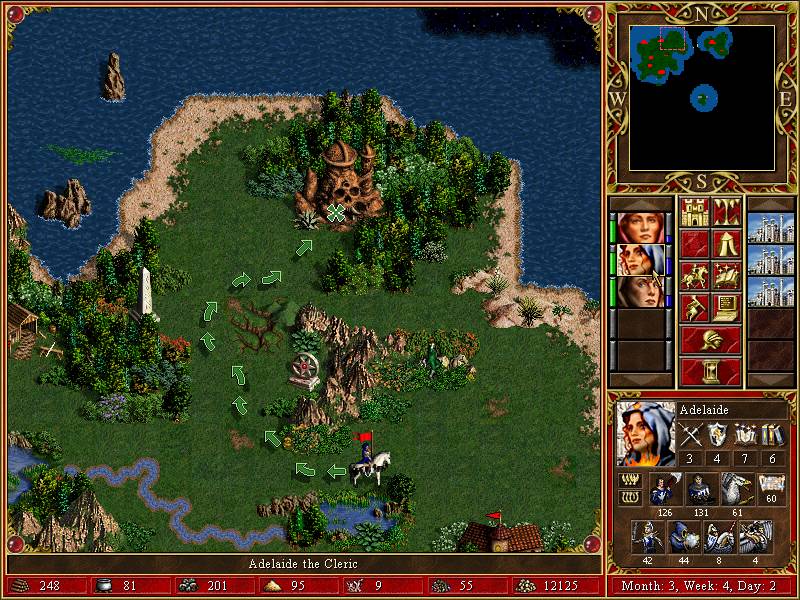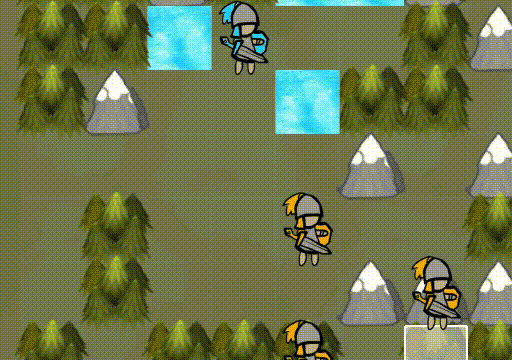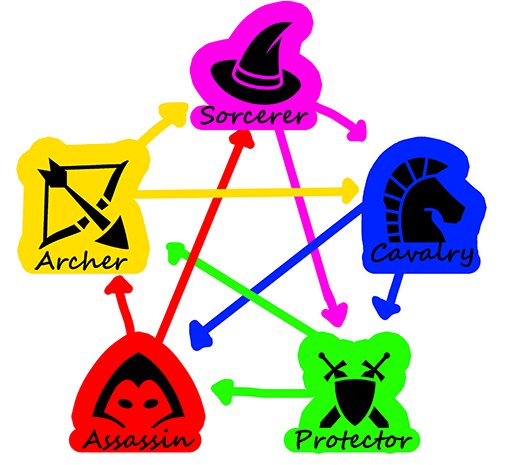Heya friendos! We’re doing something a little different today. I want to do a little analysis on one of my favorite games of all time. In the process, we’ll look at the legacy baggage of older games, Advance Wars and a prototype I made a thousand years ago. Let’s hop in!
How Am I Doing?
I’m pretty happy at the moment! I’m cat sitting again, which gives me access to a great burrito place in the neighborhood and other nice food places. I really love where I live, but it’s a bit scarce in the café/restaurant department, so whenever I’m in Paris proper, I gorge myself on yummy takeout. I’ve also been high energy lately, with peaks of productivity spread across this week.
That being said, me and some friends played a bunch of Heroes of Might and Magic V last week too. This happens about twice a year, when suddenly and magically, everyone’s schedule and sudden urge to plunge headfirst into an hours long strategy game align. If you recognize this title, you know about its notoriously long game lengths. So my small sprints of programming on Clysmoids were interspersed by about 8 hours of Heroes a few times this week.

If you’re not familiar, Heroes is a game series that dates pretty far back. It sits neatly somewhere between Adventure RPG and turn-based strategy. It’s not quite a 4X game (Explore, Expand, Exploit, Exterminate) but it has some of the hallmarks of one. In a nutshell, you explore a map with a Hero, who carries an army. You go around fighting, which levels up your Hero > to collect resources which level up your Town > which then allows you to create bigger armies > rinse and repeat. You do this while other players are doing the same, until at some point you face off in an epic battle between factions.
It’s by no means the most original premise, but few games are as close to my heart as Heroes. Specifically Heroes III and V are the ones that feel like magic to me. A big part of it is due to the art, atmosphere and music. The soundtracks are absolute bangers by Paul Romero and Rob King. But there’s also something about it I can’t quite put my finger on. A lot of people feel the same way, because apparently the fanbase is notoriously hard to please. Any successors attempting to modernize the design have been met disdain or caters towards a different or new audience.
What Am I Doing?
Naturally, as the copycat that I am, I also attempted to create a clone, all the way back in 2018. My take was to streamline everything: mechanics, UX, game length. Funnily enough, that’s a critique a lot of people have on other games attempting to take the throne. Strategic choices were dumbed down by simplifying mechanics too much, or making factions to similar.
But there are so many oblique mechanics in Heroes that just don’t make sense design-wise. For example, each faction has its own native terrain it can move faster on. The maps are barely designed around that, so in the end you just end up having impeded movement if you’re unlucky unless you decide beforehand with all players that they get a slot that’s right for their faction. I played this game for almost 20 years and I didn’t even know this was a thing until yesterday.
I think my take was not to create a Heroes successor as much as a game that would invoke the same magic feeling for me, while also being a lot faster to learn and play. Naturally, I looked at another strategy game I loved that executed those latter elements real well: Advance Wars. Advance Wars has a beautifully elegant, fast but fun strategic combat system.
But do these two completely different games mesh well together? Till this day, I don’t know, but in 2018 I decided to find out in a week-long, self-imposed game jam. Since I didn’t have the patience to sit down and take the time to analyze both games and design a proper concept, I just started by completely ripping off systems of both games.

It was fun scrolling through the old assets and seeing some design choices. Guess who made an appearance? The weakness pentagram, of course! I can’t find any specifics because there’s no design doc for any of it, but I think the idea was to balance unit stats against special abilities to implement the pentagram. E.g. Protectors had shields that would block arrows, but walked very slow so Cavalry would trample them. Archers would shoot faster than Sorcerers because Sorcerer have to charge up their powerful magic. Assassins could not be targeted by ranged attacks because they could turn invisible. I implemented everything in code and just watched how they fought in log messages like a true nerd.

After 10 days I ended up with a mishmash of Advance Wars and Heroes systems. Movement, exploration and combat were in the style of Advance Wars: a square grid, movement within a radius impeded by terrain and completely automatic combat. Hero progression and city building was in the style of Heroes: tech tree for buildings, your Hero carried your army and units were recruited from the headquarters.

I was chuffed to have gotten all that to work in such a short time. Was it fun though? No, it was absolutely horrid. Completely sapped of exploration and strategy elements from both games. That’s what you get for not taking the time to analyze what exactly is the strength of the thing you’re trying to copy.
One part of Heroes’ fun is exploring the beautiful map, as it was partially randomized each session. You take your time combing over your own territory, finding loot, resources and upgrades before interacting with other players. It’s a meditative experience in a way. A cool thing about Advance Wars is positioning your units, ranged, close-combat and support to tactically outmaneuver your enemies.
This prototype did away with strengths of both these games, leaving nothing but a technical imitation of the UX. But what it did teach me, is that the fun of Heroes is more than the sum of its parts. I wonder if I can ever find out what the magic spark of those games is. Maybe then, I can find the perfect successor.
Why Am I Doing? (this)
I think it’s important to highlight failure. I think it’s fair to say that everyone’s creative journey includes more failure than success, by whatever measurement you’re using. Failure is a beautiful thing: it gives us experience and teachings to use in the future. It is not something to be lamented and demotivated by.
I’ve grown to love sharing progress on projects I work on, including ones that never got off the ground. I will continue to share the good and the bad of everything, hoping to inspire people to fail more and love doing so. That being said, I don’t think I will be attempting another Heroes clone anytime soon! Unless…
